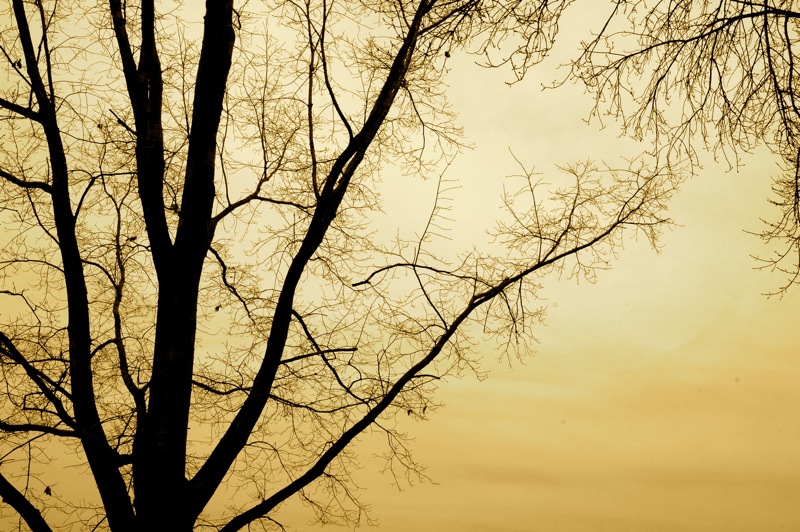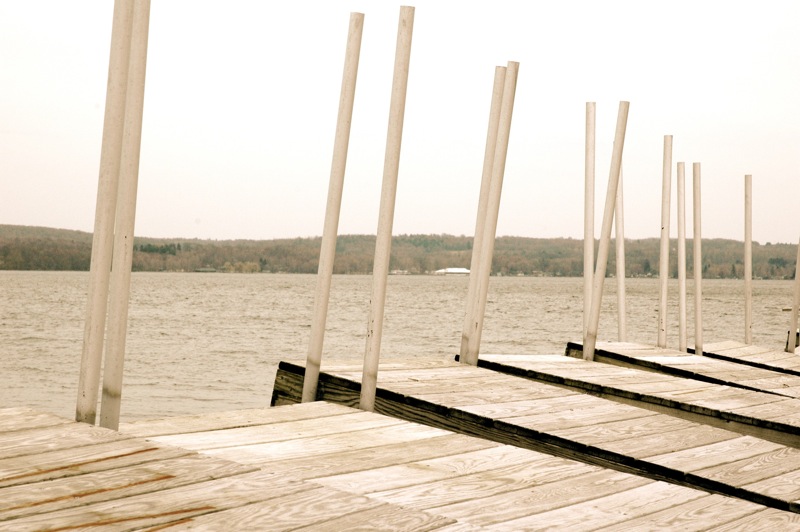Terra Infirma
Twice in my life I can remember seeing something beautiful enough to twist my stomach. The first was on a family trip to the Grand Canyon, the August after I turned thirteen. We stepped out of our minivan and up to the railing, and it was as though my whole life until then had been television. The second was in my sophomore year of college, shadowing at a nearby hospital, where one day I watched an inguinal hernia get laparoscopically repaired. The abdomen was insufflated through a port beneath the ribs, a camera was inserted through the skin, and up on a large monitor by the surgeon’s head there appeared yet another alien landscape, huge swells of tissue in glistening technicolor.
This wonderment of course diminishes with repeated exposure. I’ve returned to the operating room each day for the past four weeks, increasingly distracted from the open body on the table by fatigue, my chilly superiors, general anxiety about wasted time. Some mornings there are five hernia repairs scheduled all in a row. I will not be a surgeon when I grow up. A major prerequisite probably is missing in me – comfort in taking up residence in one small place and coming to know it instinctively, like an animal.
Yet there are periodic reminders that all of us to some degree thrive on novelty. Last week a man came in with a huge ventral hernia, his guts poking through a body wall weakened by several prior surgeries. The traditional fix is to incise down the patient’s midline and dissect the plane between two muscle layers on each side, then cut the abs from their lateral tethers so that they can meet properly again at the center. The procedure is relatively easy to perform, as far as these things go, but as with any open surgery, the risk of complication goes up with the area exposed.
Before starting his case last week, my attending told me with his best sly smile that there was an ace up his sleeve. Rather than working his way out from the midline, he intended to enter the space between the two muscle layers laterally, to dissect them apart with a balloon, to insert a camera into this freshly made space and then close the hernia remotely from within the abdominal wall. I barely understood this plan, but the surgeon was thrilled. He had performed the operation only twice before, he said, in a classroom, on pigs.
It went off without a hitch. The camera entered, and the attending and his resident marveled for a long time at the view: the external oblique above like a vast ceiling, the internal oblique a few centimeters below, and gossamer white alveolar tissue tapering like stalagmites and stalactites from both surfaces after their separation. The resident called it a secret place – an untrod cavern beneath a surface they knew so well. The surgeon planted one foot onto a stepstool and pointed at the high-definition monitor with his arm fully extended, making me think of ships, explorers and pilgrims.
Like fresh air, there is joy in it. After the camera was removed and the room lights turned back on, the effect hung around me like sleep. The surgeon and his resident went to sew up the small holes they had left while I idly mapped the terrain of their faces, the wrinkles and the oil and the tiny scars.



Beautiful piece. My favorite line “white alveolar tissue tapering like stalagmites and stalactites from both surfaces after their separation.”
Amazing observation. I loved the piece. It seemed like I was there in the operating rrom with the author.